Garak Market (가락시장 (가락농수산물 도매시장))
10.4Km 2020-07-18
932, Yangjae-daero, Songpa-gu, Seoul
+82-2-3435-1000
Garak Market, located in Songpa-gu, was the first public wholesale agricultural products market in Korea. The market offers separate sections for fruits and vegetables, meats, and other products in a 543,451 square meter area with over 17 buildings. The first sections to open were the agricultural and fishery markets in 1985. They were followed by the livestock market in 1986 and other direct sales shops opened in 1988.
Hanju Kitchen System [Tax Refund Shop] (한주주방아울렛)
10.4Km 2024-04-22
932, Yangjae-daero, Songpa-gu, Seoul
-
Garak Mall National Bakery Festival (가락몰 빵축제 전국빵지자랑)
10.4Km 2025-04-18
932 Yangjae-daero, Songpa-gu, Seoul
+82-2-3435-0286
During the festival, renowned bakeries from across Korea gather in Seoul, offering visitors a chance to taste the best-baked goods from different regions of Korea. Visitors cannot only enjoy the regional twist on bakery goods but also participate in various fun events, including a magic bubble show, bakery coupon giveaways and a chance to win some baked products. The festival is perfect to enjoy with friends and family while savoring a variety of flavors under the same roof.
Seoul Seokchon-dong Ancient Tombs (서울 석촌동 고분군)
10.5Km 2021-02-26
21, Garak-ro 7-gil, Songpa-gu, Seoul
+82-2-421-0970
The Ancient Tombs in Seokchon-dong were found and investigated as part of the city development project in Jamsil district. It was impossible to determine the full scale of the ancient tombs in this area due to the severity of destruction. The largest tomb, the third tomb, measures 49.6 meters from east to west, 43.7 meters from south to north, and 4 meters in x_height. The tomb features three layers of stones topped by a smooth mound, which is a tomb style originating from the Goguryeo dynasty (37 BC-AD 668). The tombs are presumed to belong to one of the earliest leaders of the Baekje dynasty (18 BC-AD 660), which was founded by the people of Goguryeo who had come down southwards to establish a new kingdom around the Hangang River basin.
The square-shaped fourth tomb features a structure similar to the third tomb. Many pieces of earthenware from the early Baekje era were found in the fourth tomb. Also excavated around this site was a gold spangle earring. The third and fourth tombs have been registered as Historic Site No. 243. The tomb site offers valuable information concerning the culture and customs of the Baekje dynasty in its golden age around the 4th century, as well as the relations between the three ancient kingdoms (Goguryeo, Baekje, and Silla) around that time.
Homeplus - Sinnae Branch [Tax Refund Shop] (홈플러스 신내)
10.5Km 2024-04-23
201, Sinnae-ro, Jungnang-gu, Seoul
-
Hwayang Daebak Chiken 1ho (화양대박치킨 1호)
10.5Km 2021-03-29
47, Achasan-ro 29-gil, Gwangjin-gu, Seoul
+82-2-498-4980
A famous restaurant serving crispy fried sweet and sour chicken (Dak Gangjeong) with delicious sauce. This Korean dishes restaurant is located in Gwangjin-gu, Seoul. The most famous menu is Deep-fried and Braised Chicken.
Olive Young - Namyangju Pyeongnae Branch [Tax Refund Shop] (올리브영 남양주평내점)
10.5Km 2024-06-27
1309, Gyeongchun-ro, Namyangju-si, Gyeonggi-do
-
Korea Military Academy (육군사관학교)
10.5Km 2022-08-30
574, Hwarang-ro, Nowon-gu, Seoul
+82-2-2197-6125
Korea Military Academy is a place of strict rules, patriotism, and military cadets. It was extremely difficult for outsiders to visit the academy until 1997, when a special tourism course was created. The course showcases the major sites at Korea Military Academy. Starting from the school information center, visitors can see the museum, memorial hall, and exhibition center in a 1.5 hour course. The Military Museum displays treasures and materials from each branch of the military, while visitors can see the history of the military and lifestyle of cadets at the memorial hall. However, the highlight of a trip to Korea Military Academy is watching the Hwarang Ceremony, a parade of cadets which takes place every Saturday at 11:30. In the ceremony, cadets don their formal uniform to march. Touring the academy at 10 is perfect for watching the parade later.
E-Mart - Byeollae Branch [Tax Refund Shop] (이마트 별내)
10.6Km 2024-04-22
167, Sunhwagung-ro, Namyangju-si, Gyeonggi-do
-
Sejong University Museum (세종대학교 박물관)
10.6Km 2022-09-16
209, Neungdong-ro, Gwangjin-gu, Seoul
+82-2-3408-3876
Sejong University Museum exhibits folk art, wooden crafts, clothing, accessories, pottery, paintings and calligraphy collected for over 40 years by the couple who founded the present day Sejong University, Dr. Ju Young-ha and Dr. Choi Ok-ja. This museum has its origins in the Soodo Gallery, which was built in Chungmuro, the campus’ original location, in 1959. Needing more space to house additional artifacts, the museum moved to its current location, which first opened on May 5, 1973 in a four-story concrete building inspired by traditonal tower design from the Baekje era. This building was later expanded on May 20, 1977.
After the university’s name was changed to Sejong University in 1979, the museum was also renamed the Sejong University Museum. The museum showcases unique artifacts to both scholars and students from home and abroad in contribution to the research of Korea’s culture, arts, and archeology.
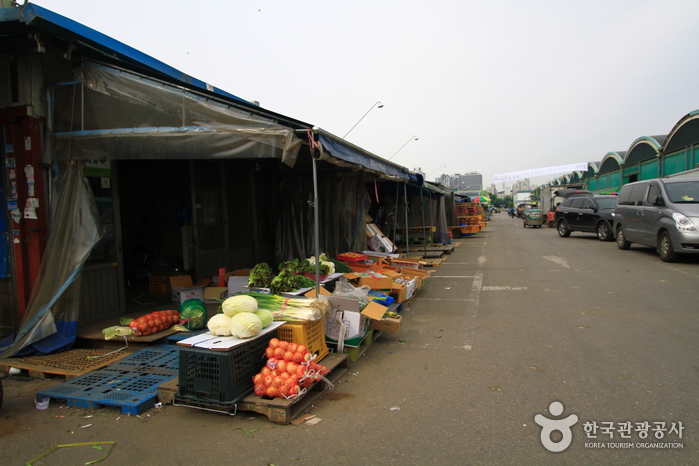
![Hanju Kitchen System [Tax Refund Shop] (한주주방아울렛)](http://tong.visitkorea.or.kr/cms/resource/31/2879331_image2_1.jpg)
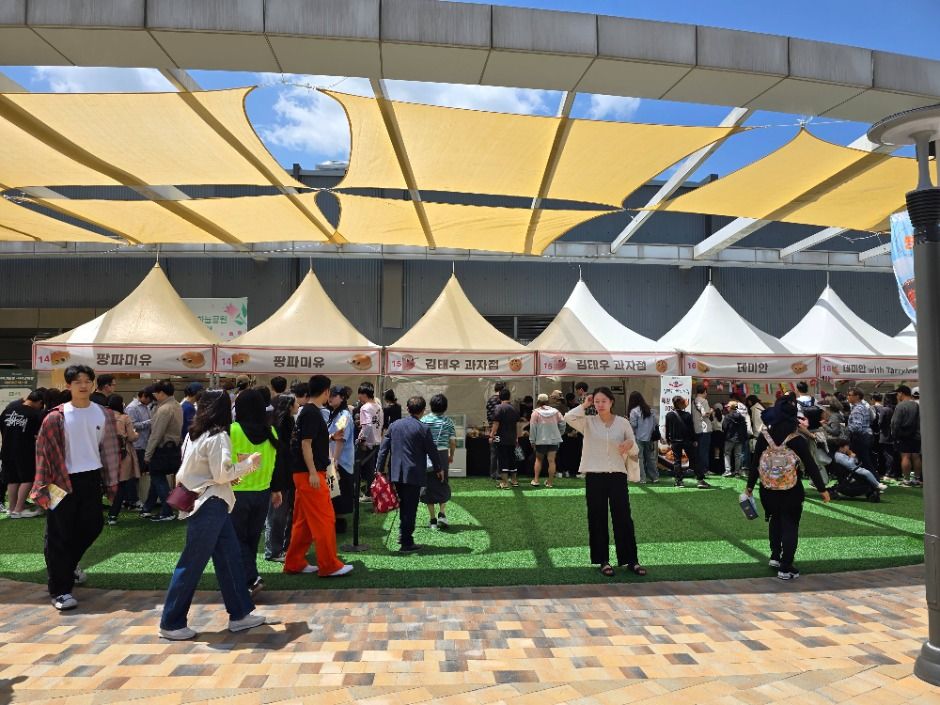
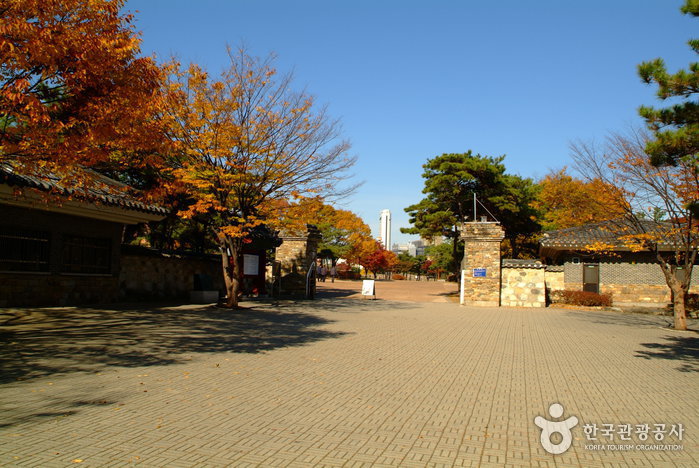

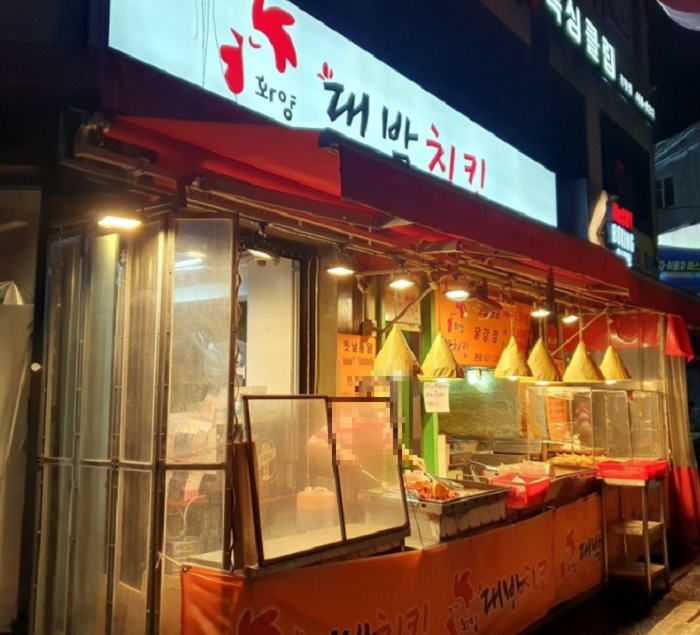
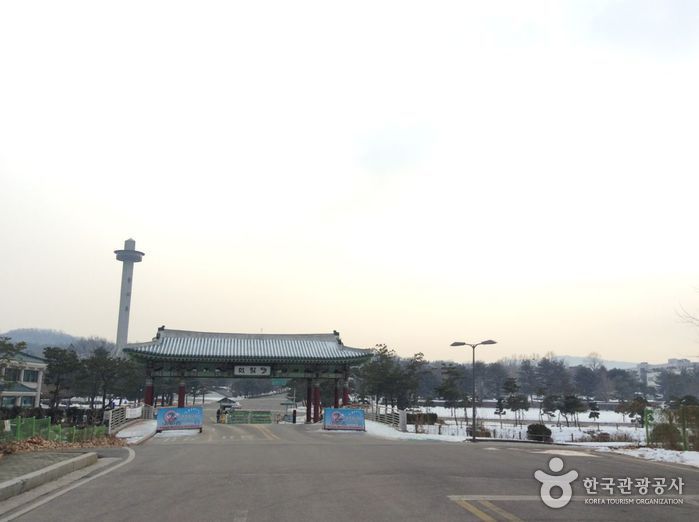
![E-Mart - Byeollae Branch [Tax Refund Shop] (이마트 별내)](http://tong.visitkorea.or.kr/cms/resource/91/2888091_image2_1.jpg)
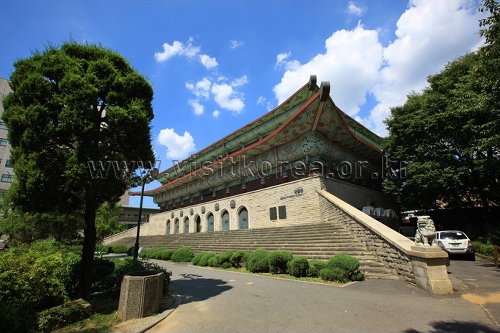
 English
English
 한국어
한국어 日本語
日本語 中文(简体)
中文(简体) Deutsch
Deutsch Français
Français Español
Español Русский
Русский